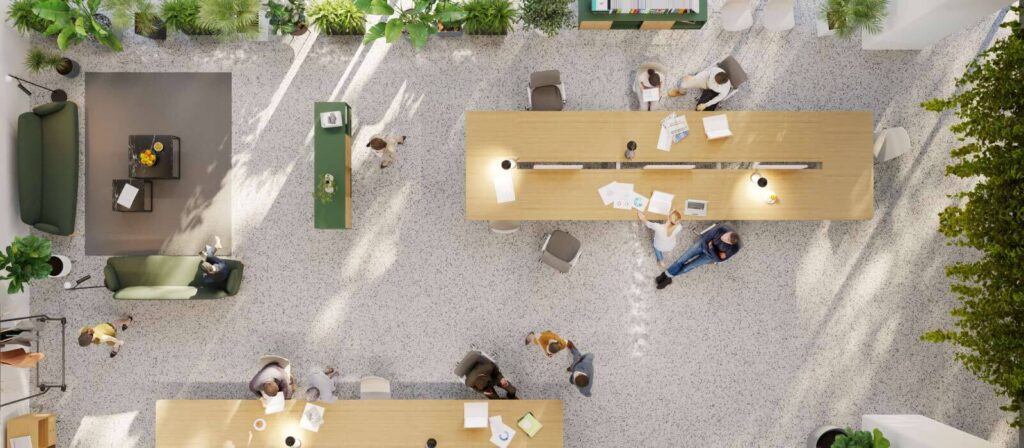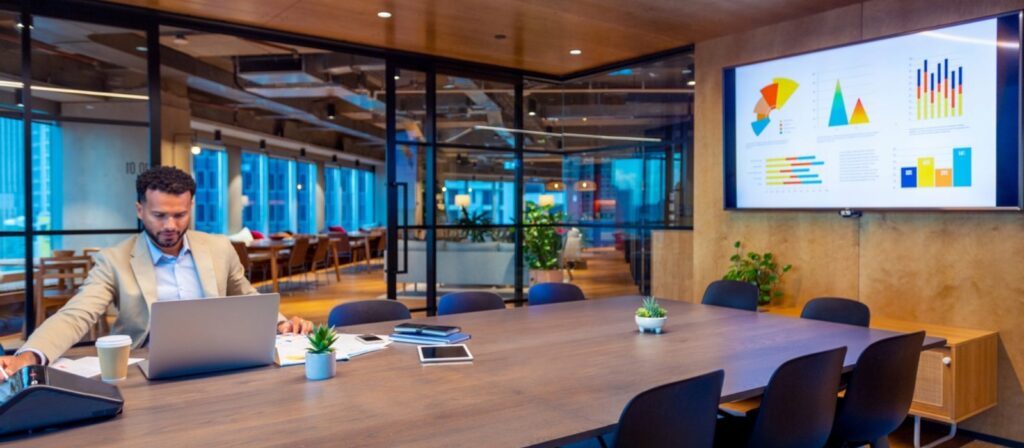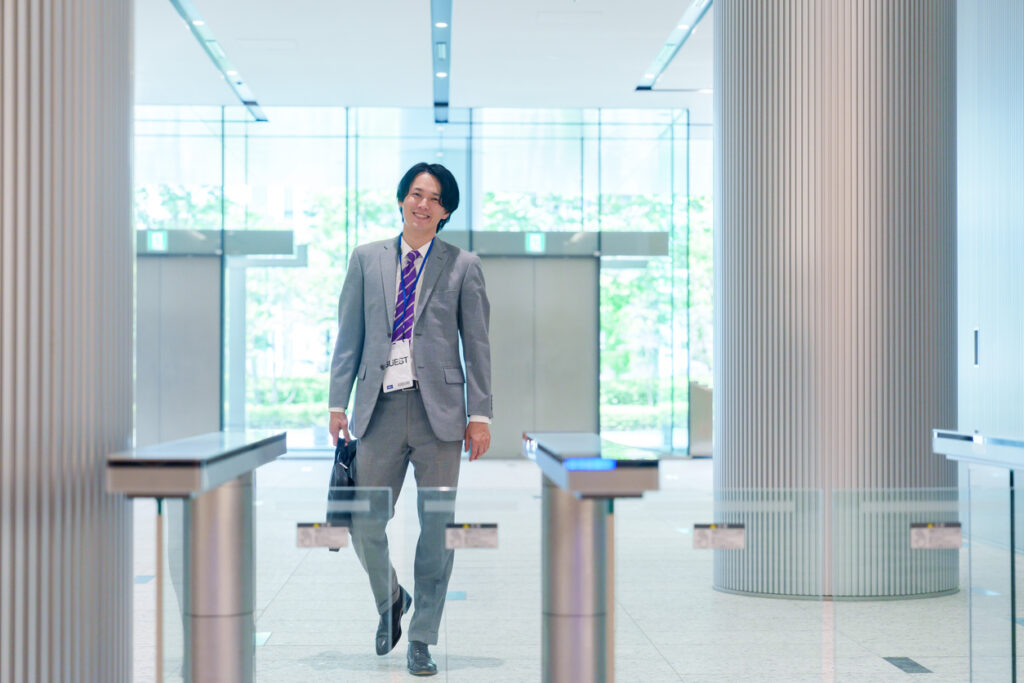6 Ways Flexible Working Is Influencing The Traditional Office
By David Spence• 4 mins read•April 5, 2016
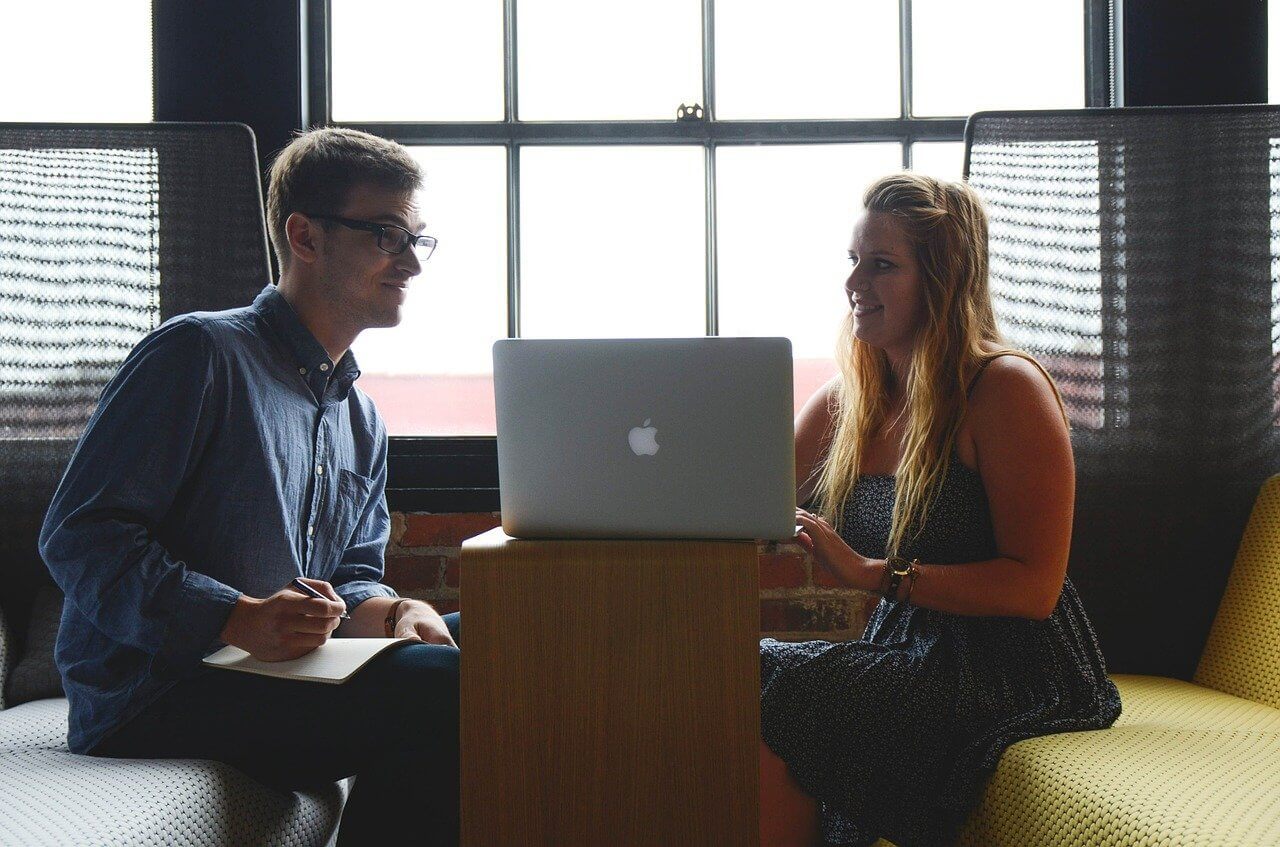
We’re on the verge of a massive workplace shift. This shift is changing how we work, but more importantly, it’s changing how the traditional office in facilities management is designed in the first place. In order to set your office up for success in the future, you need to be thinking about how you can adapt to a changing workforce, which includes millennials and those more accustomed to flexible working schedules. By implementing a flexible office design, you can better cater to the schedules of your workers while saving your company money at the same time. Flexible office spaces are often smaller, which means less monthly overhead for rent.
READ OUR ONLINE GUIDE: HOT DESKING & DESK BOOKING
Wondering what other impacts this evolving workforce will have on your office? Here’s how flex time is changing the layout, structure and workflow of the traditional office setting.
1. Technology will be everywhere (literally)
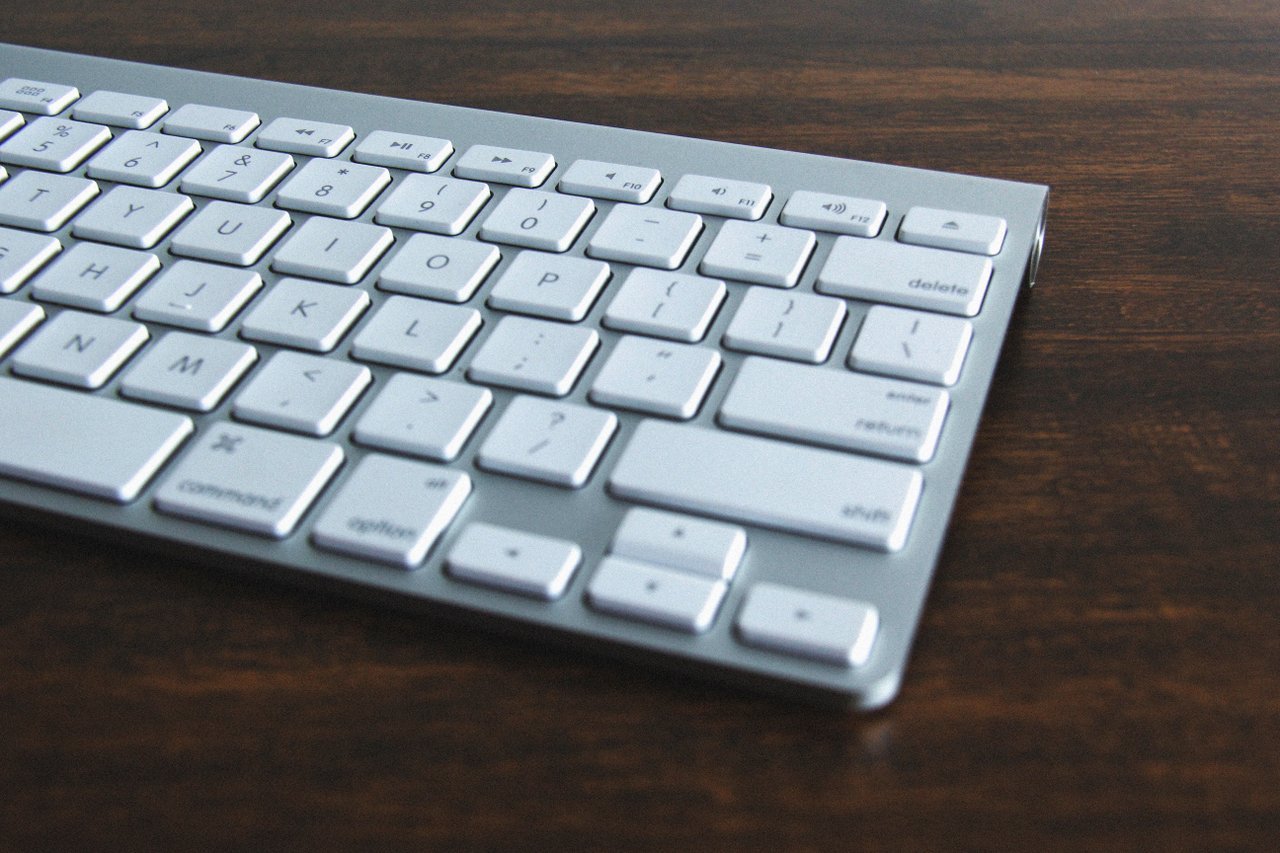
In order for flexible work schedules to remain effective, you’re going to need to implement certain tech tools for yourself and your workers. For instance, sensor tracking will enable you to see which areas of the office are actually being used. Chair sensors will break this information down to the smallest detail so that you know exactly how long your workers have been sitting for and when they might need a break.
Software that helps to manage the workflow of flex workers or those who work from home, will also help you to create better management systems that encourage productivity. By streamlining processes, you’ll find that your job becomes easier and the company becomes more efficient.
2. Stronger workplace culture is required
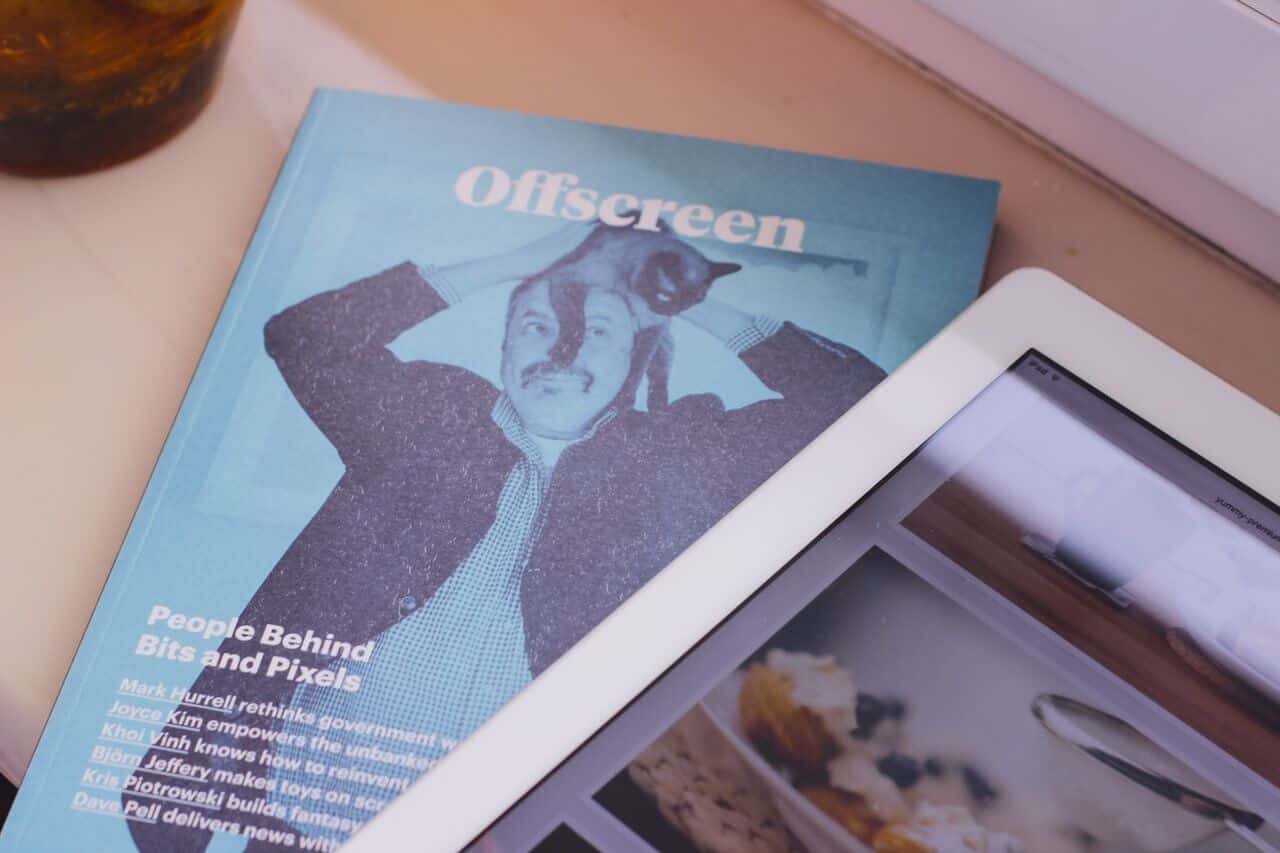
If a portion of your office is comprised of workers who work from home or otherwise don’t come into the office very often, you’ll want to create a strong office culture to tie your team together.
Strong leadership is even more of a necessity when your team is scattered about the globe. After all, it’s much more difficult to motivate a team that you’re not sharing an office with. You can create a workplace culture through your physical space, but you can also do it through your communication processes, documentation and set of values your company operates on.
3. Enhanced communication is necessary for virtual offices

Today’s office setting is becoming more virtual, with almost 30-45% of employees working in coworking spaces, from home or office hoteling it! With this, communication is more important than ever for these telecommunters, especially since most of them work flex time. Luckily, there are a number of tools that make it easy to have real-time chats, even if your team is across the globe.
Tools like Skype, Gmail, Toggl and instant chat services like Slack all make it very easy to stay in touch with employees and ensure everything continues to move according to schedule. To accommodate this, institute a set of rules for communication standards throughout your workplace and watch the harminzation of productivity begin.
4. Including spaces that spark collaboration

In order for your physical workplace to accommodate this shifting culture, it’s crucial that you have spaces that inspire innovation and creativity. One way to do this within your existing office structure is to create spaces that allow workers from diverse departments to connect in a casual manner.
For instance, you could create a cafe-like seating environment that promotes togetherness and interaction or you could have a more open-office setting that facilitates conversation. This way, when your workers are in the office, they’ll find themselves in a space that inspires them and that they enjoy working in.
5. Flexible seating arrangements
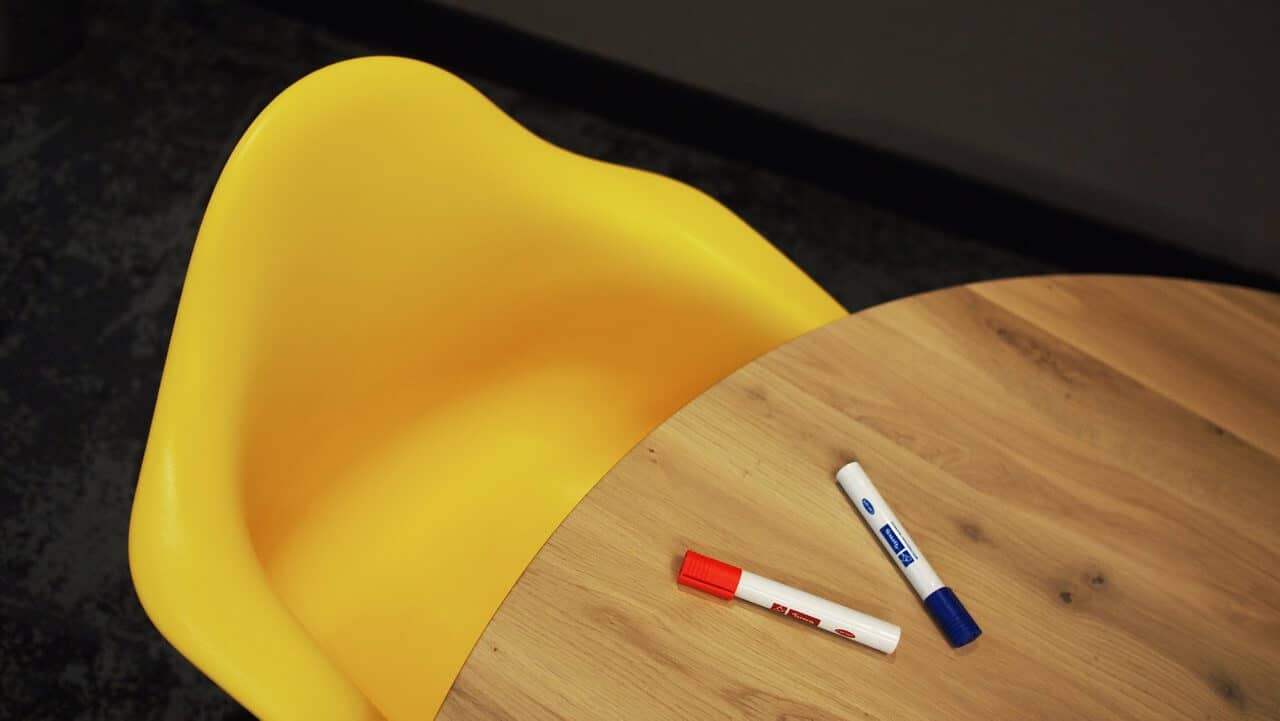
If you have an easy-to-change seating structure, you’ll be able to cater to a bunch of different ways people work and focus best. You could include things like breakout spaces, desks that can be easily moved across the office and casual environments like couches with built-in desks.
If you have a variable seating environment, then you may want to consider implementing a software like OfficeSpace. This will enable you to track where your workers are sitting and see if any spaces are currently being under-utilized. This will help you to more effectively engineer a seating environment that perfectly matches employee preferences.
6. Consider hot desking
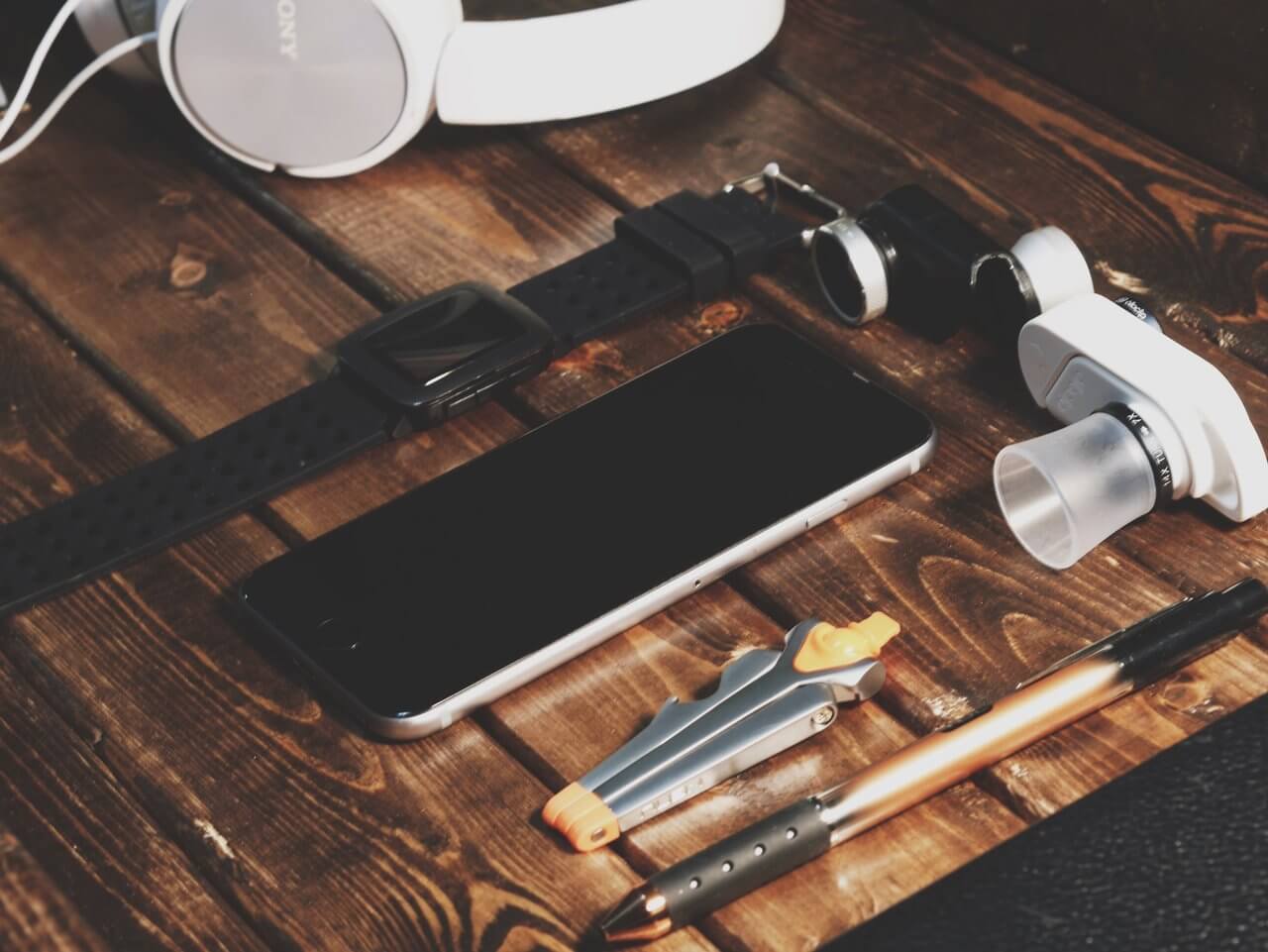
In some cases, if the style of your business supports it, you could implement hot desking. Hot desking is when you don’t give your employees assigned desks, but instead provide a pool of desks for your workers to choose from.
This can help to create a collaborative and fresh working environment for every department. It won’t work for every style of office, especially if you’re a larger organization, but it can be a great way to change up your office structure.
While certain elements of the traditional office will always be in style, trends suggest that a flexible workplace culture is going to be the future. Keep your business forward-thinking by considering how to better accommodate a flexible and diverse workforce. Out with the old and in with the new!
Photo: Startup Stock, João Silas, Marcin Czaja, Daria Nepriakhina, janeb13, Daria Nepriakhina, Aaron Burden

